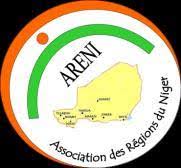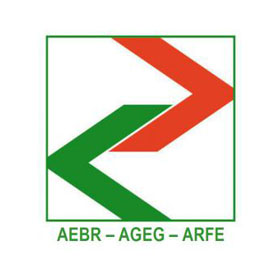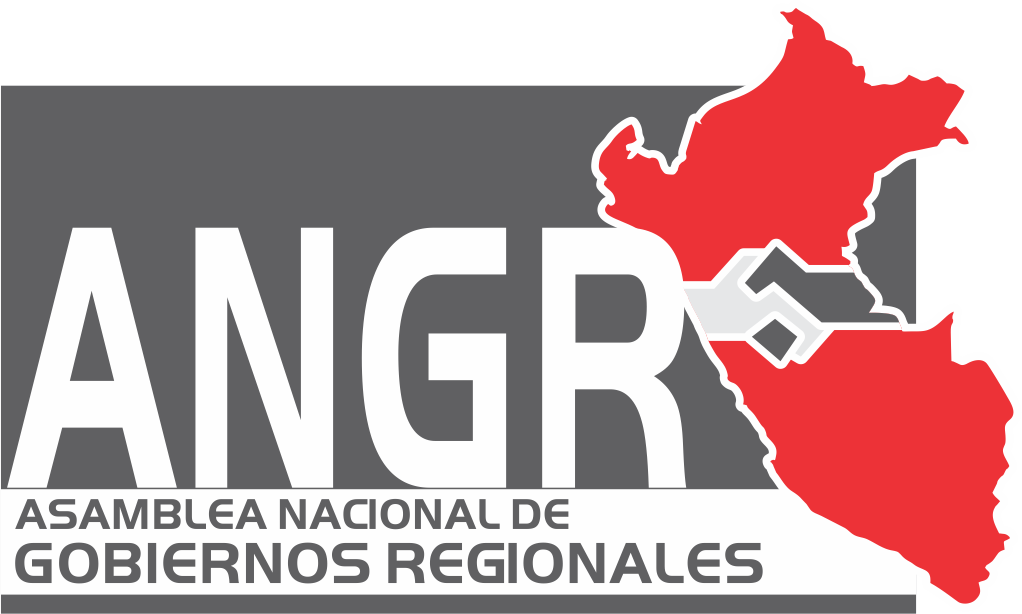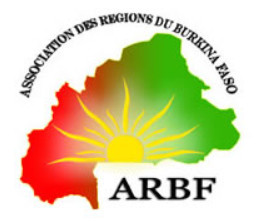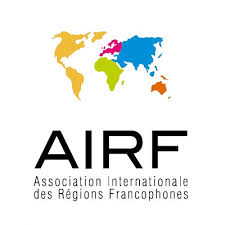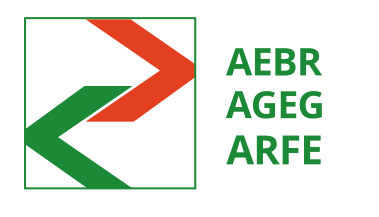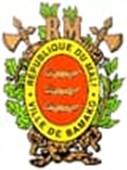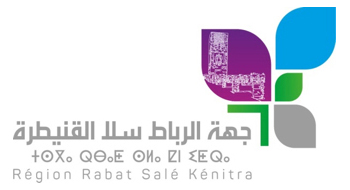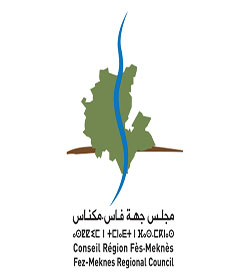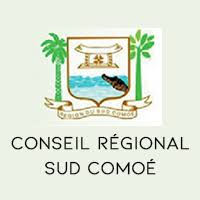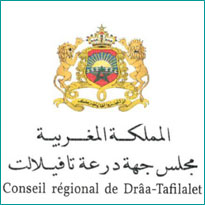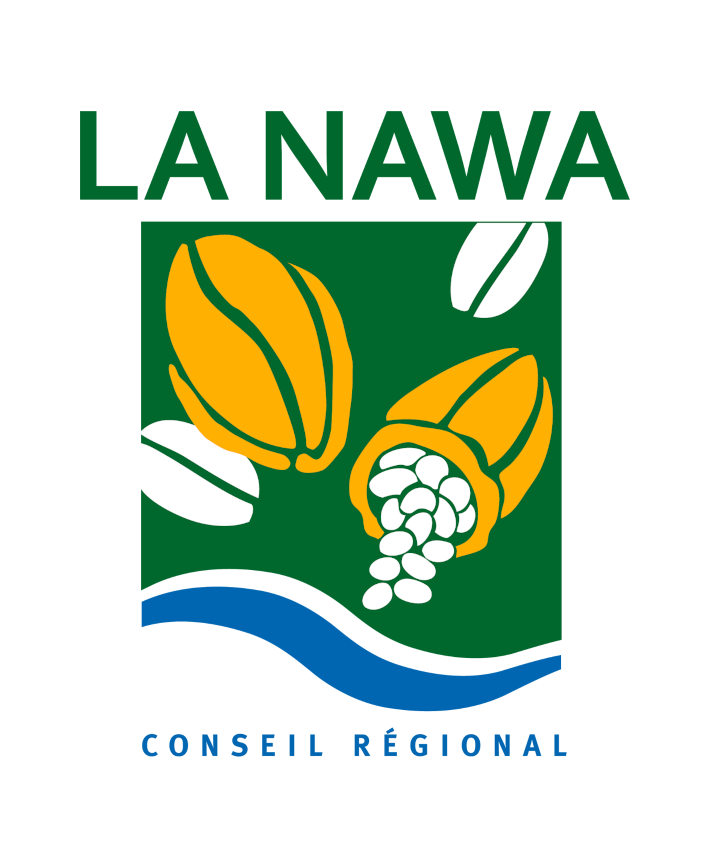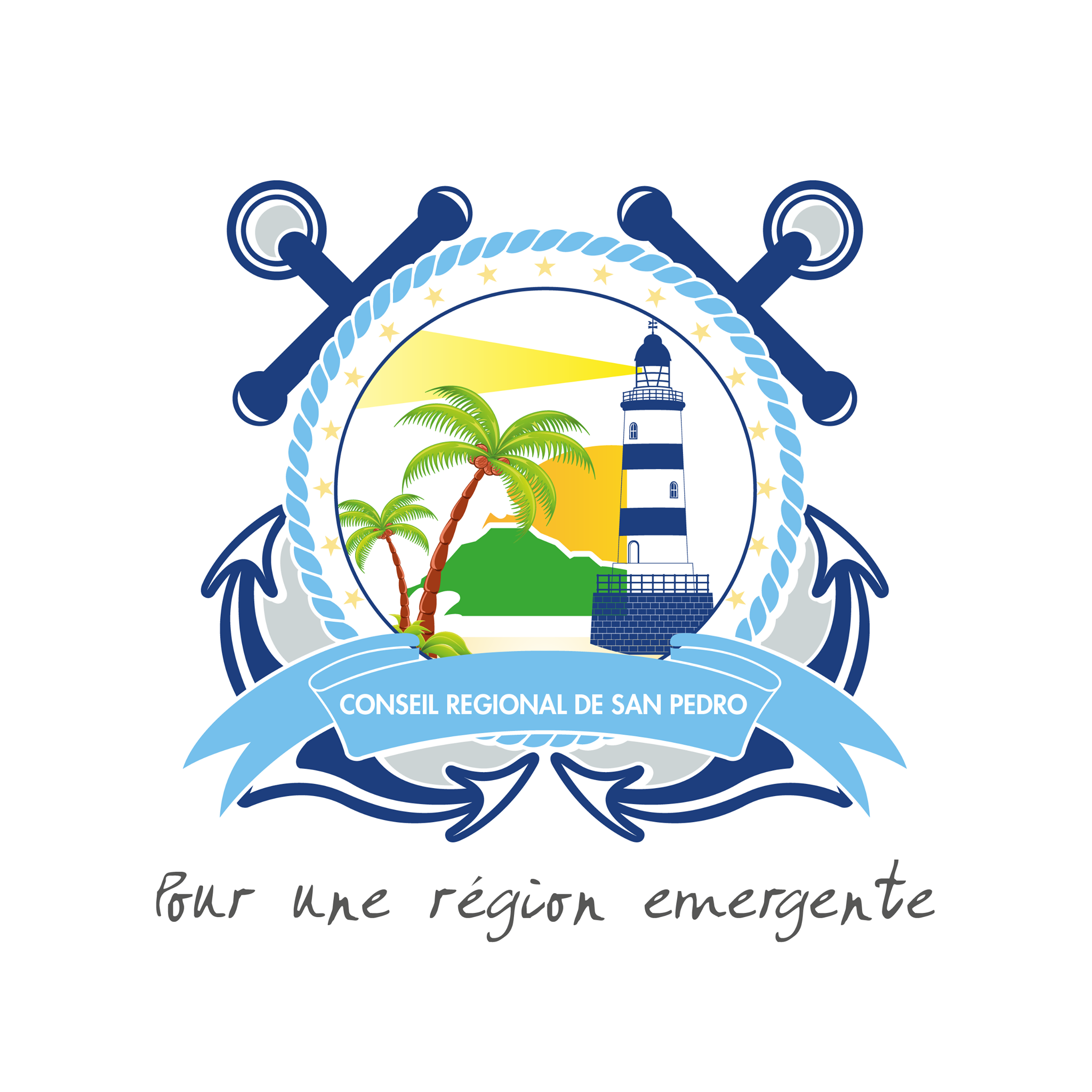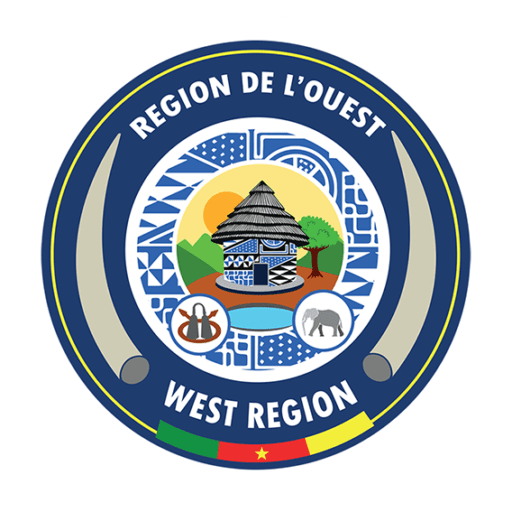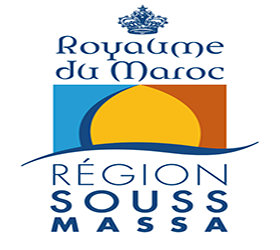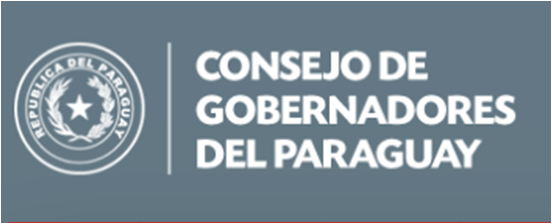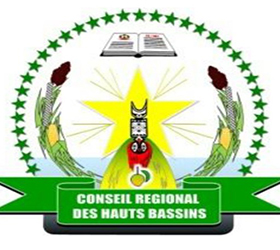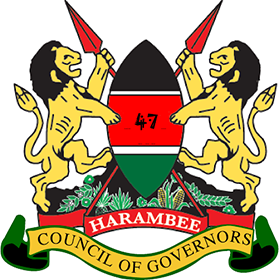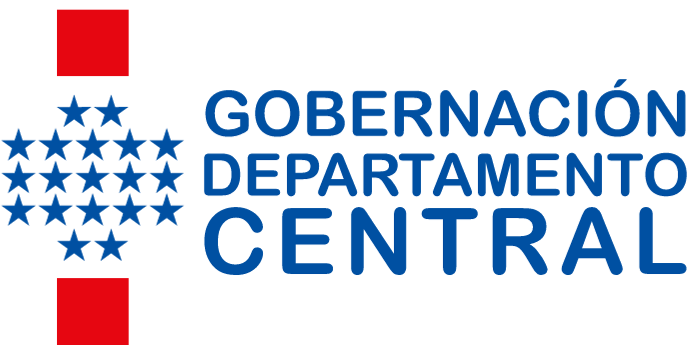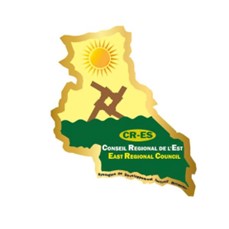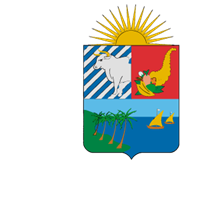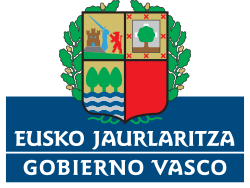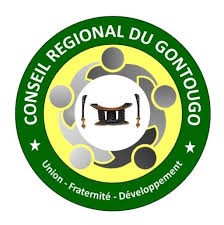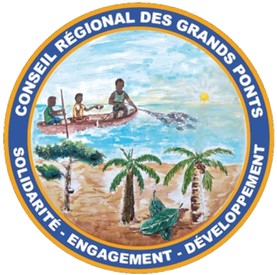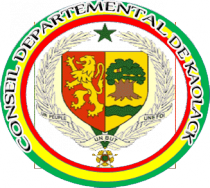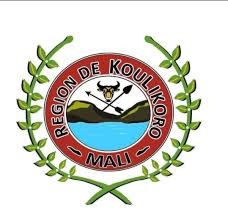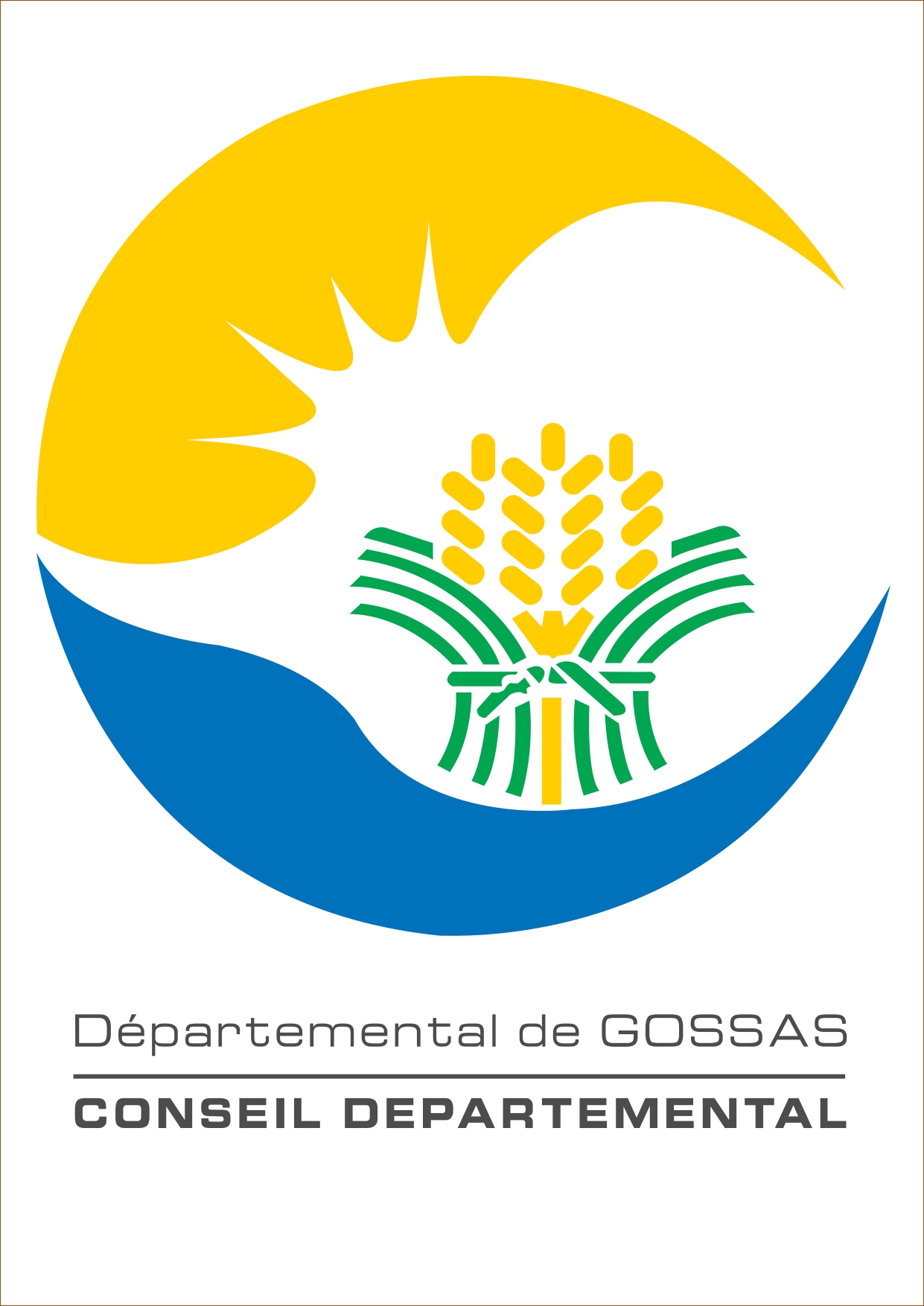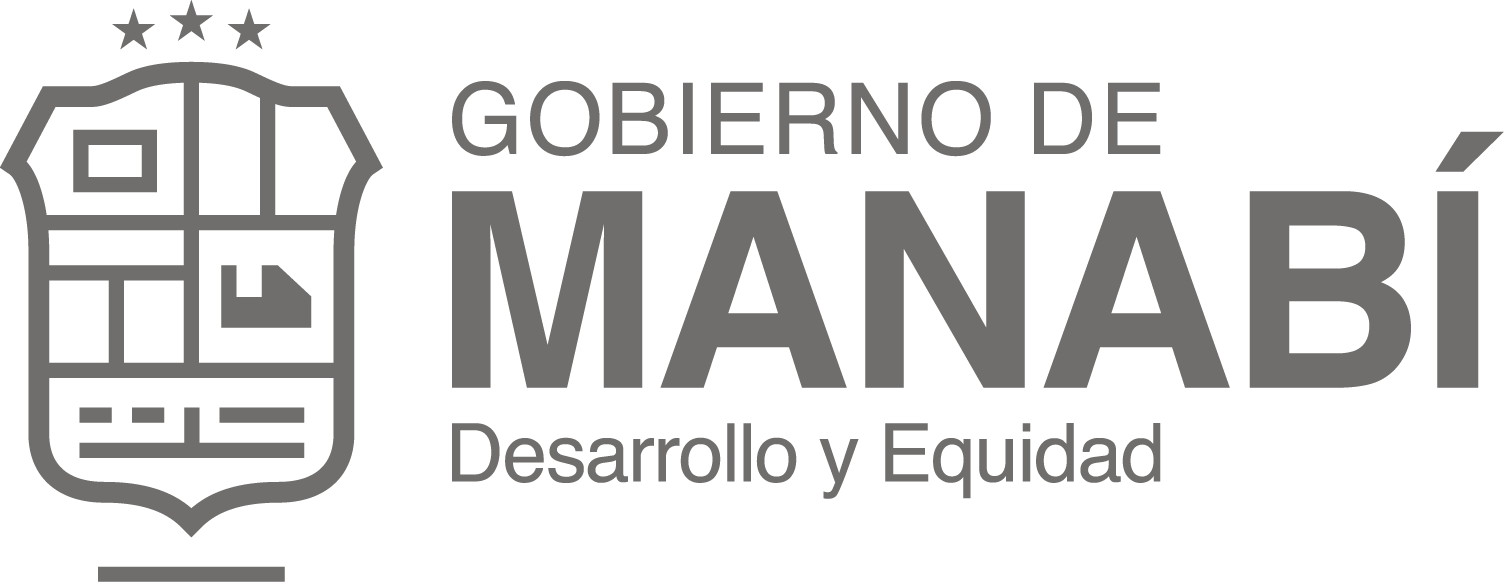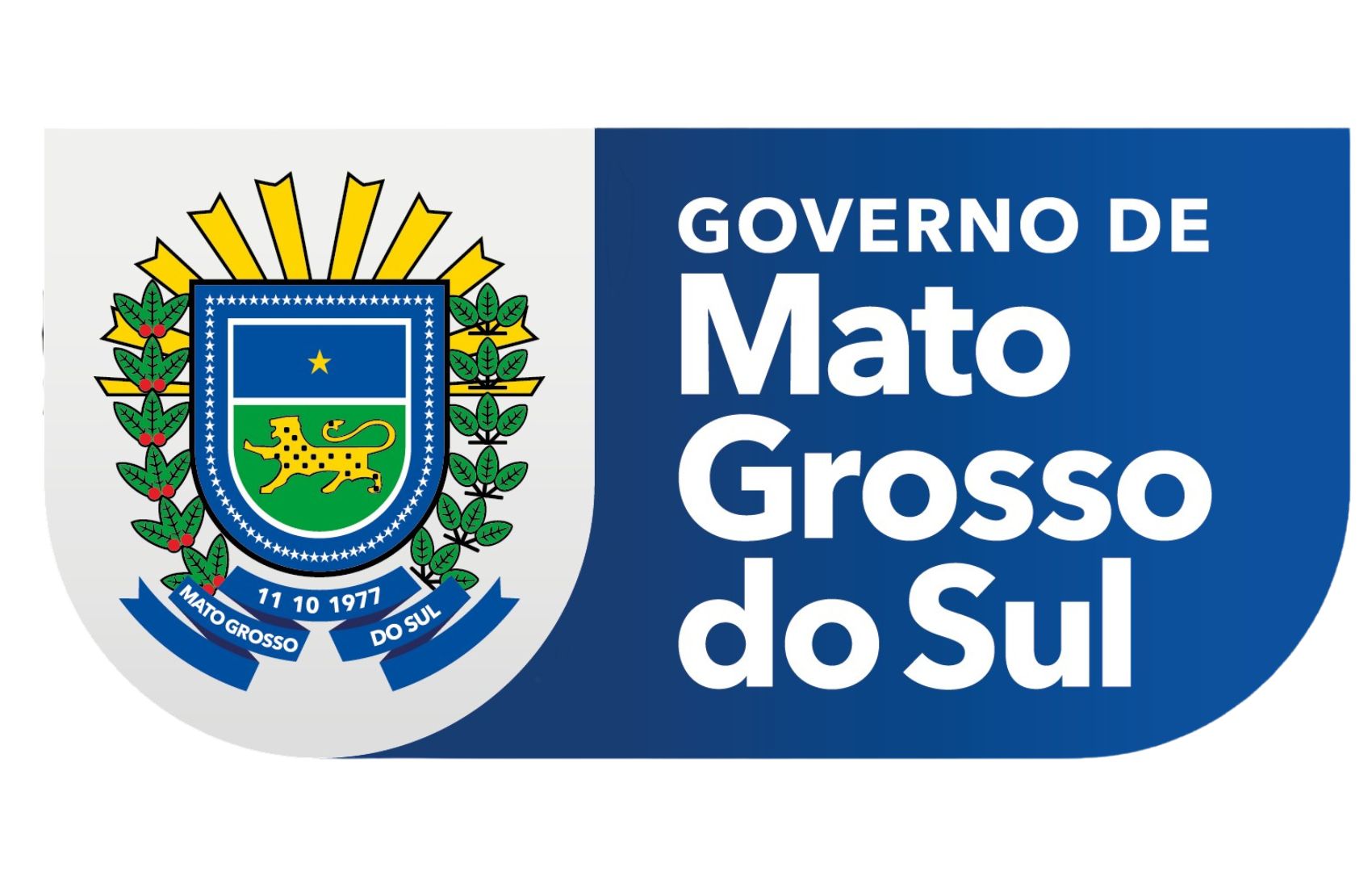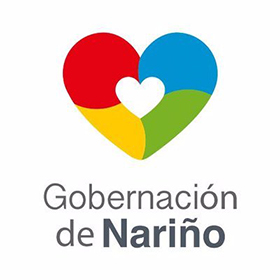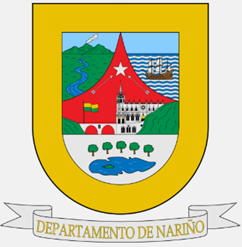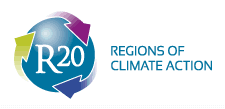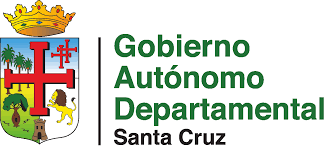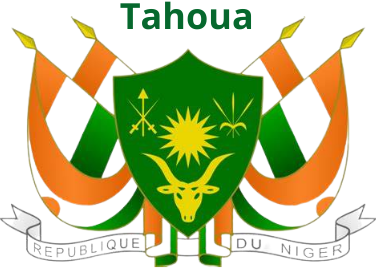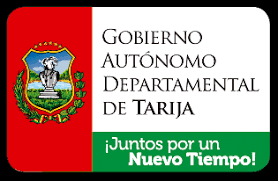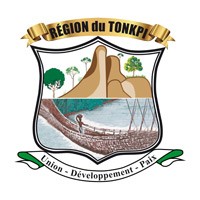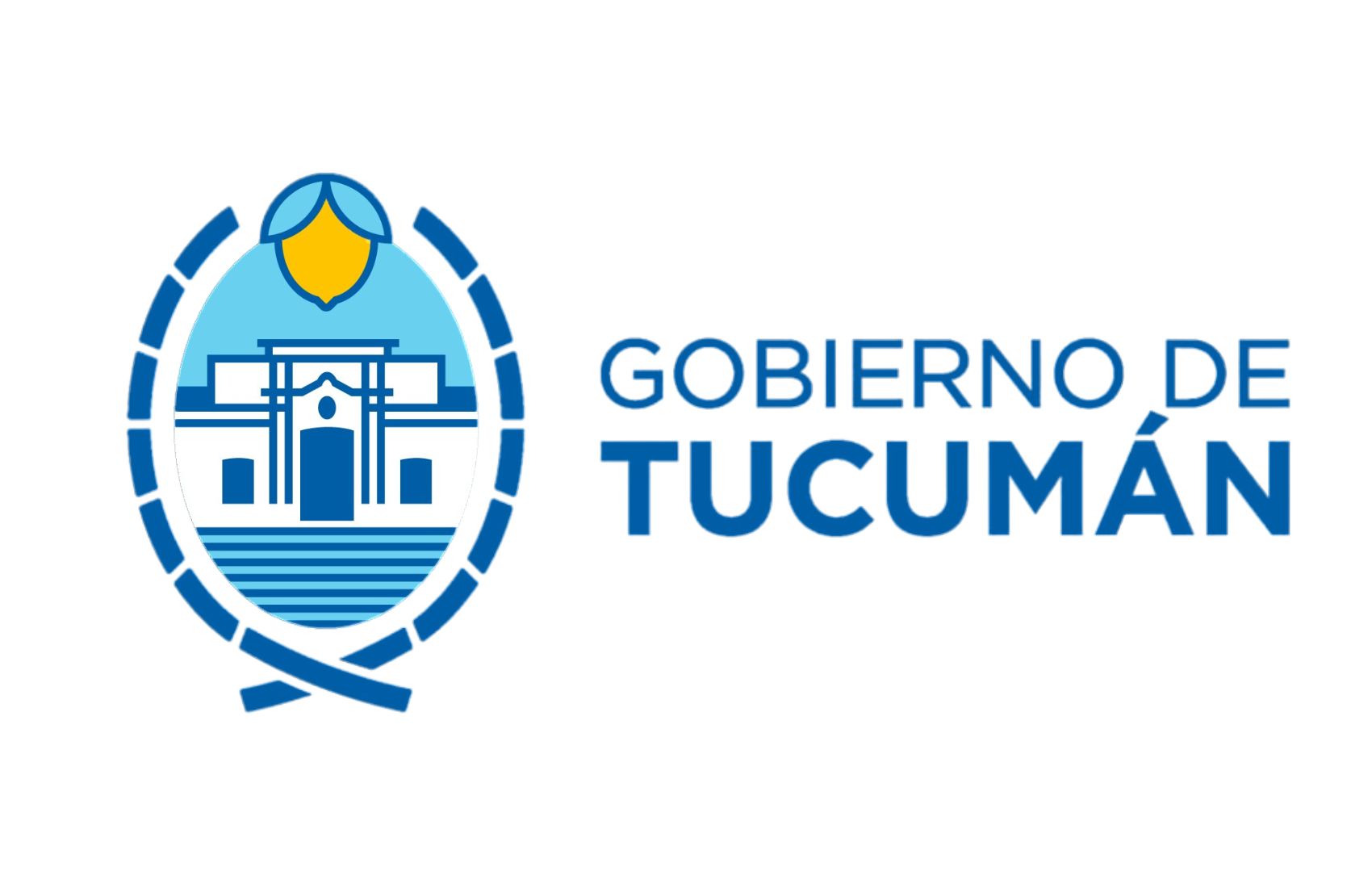Paradiplomacy, technological change and the global leadership of regions

Federico Trebucq,
an International Political Economy professor, from the Universidad Siglo 21 Córdoba.
Member of the Executive Committee of the Network of Experts in Paradiplomacy and Territorial Internationalization (REPIT).
The involvement of non-central governments in international relations is often called "paradiplomacy." This neologism is subject to different interpretations that are not always convergent, although they find their common thread in reflecting the contacts, projects, agreements and demarches that sub-state authorities carry out beyond the borders of the nation state of which they are part.
With no intention of getting into a semantic discussion about the term, given that in some geographies it may have a negative connotation, it can be said that paradiplomacy is a phenomenon that acquires multiple formats according to the type of government, the competences in charge, the economic, political and social interests, geographical location, available resources, among other factors that determine objectives, instruments and agenda.
This contingency, which is specific to the territory, is also crossed by a series of external factors that determine a scenario of opportunities and threats, ranging from disposals of the central government and international organizations, to the circumstances and structure of the global political economy.
In short, the international projections of non-central governments respond to a specific configuration of internal and external factors, making each case have particular characteristics. This tends to complicate the task of explaining entirely the causes, motivations and especially the decision making process regarding the international strategy adopted for one specific case.
However, therein lays the appeal of each experience, revealing the local nuances and complexity of a globalized context, where societies within countries not only seek to access opportunities on the international arena, but also decode what is their place in the world.
In this way, the vast experience accumulated in the last 30 years in which paradiplomatic activities have spread to all continents, within states with different degrees of decentralization and different political regimes, has left a great heterogeneity of subnational external management practices that are frequently associated with different types of jurisdictions, ranging from small municipalities to large metropolises and from aggregate units such as departments, prefectures and counties, to large regions and provinces with the characteristics of a nation state.
If we are to generalize, a differentiation can be identified between what is called paradiplomacy of local governments, related to the jurisdictional scope closest to citizens, and a paradiplomacy of regions or intermediate units that add and contain several local governments in a specific territory.
Digging into the differences would be the subject of another article, even a much longer one. However, what is interesting to highlight are the roles of each type, while the paradiplomacy of cities adopts a profile associated with urban management, with greater proximity to the well-being of the citizen and, with a more cooperative profile; the paradiplomacy of regions has a more contested political component, where not only urban interests intersect, but also puts development models and the integration of the countryside-city at the center of the agenda.
From this division, which can be more or less arbitrary, some reflections can be drawn that help us to think about the future and value a management tool to promote sustainable regional development, assert an identity and culture associated with the territory and make decisions in a complex and interdependent context.
Since the beginning of the century, but with greater emphasis in the last decade, globalization has undergone a series of transformations as a result of the process of technological change and a new paradigm of techno-productive, which has been called the fourth industrial revolution. These transformations alter the configuration of geography, political relations, the ways in which the world economy unfolds and consequently the means through which societies seek well-being and progress.
These processes of technological change are triggers for new development models and reorganize decision-making processes. The emergence of flexible forms of production, value chains and productive fragmentation, typical of the third industrial revolution, favored the creation of regional innovation systems, business projection and a more decentralized representation model, which converged in the integration of the regions to the world.
Nowadays, digitization, artificial intelligence, internet of things (IoT), 3D printing, new materials, biotechnology, remote working, among other technological developments that are incorporated into productive systems and redistribute the global division of labor, have thrown up more questions than it have supplied explanations. This has been observed during the crisis of political representation of the nation state and in the emerging trade wars, but above all in what will be the powers that the regions will assume and what will be their role in a new transnational order.
It is estimated that the extensions of the global value chains would be shorter, which can be observed through a process of reshoring or retraction of foreign direct investment; that the loss of relative power of the figure of the nation state at the hands of other public and private actors, begins to react through nationalist or anti-globalization policies, that inequalities within states are increasing and traditional international organizations find more and more limitations to solve the problems for which they were created.
In this context, the regions begin to reveal a dual role on the global stage, on the one hand, as depositories of genuine competitiveness due to a territorialized process of specialization and innovation and as responsible for the application and observance of sustainable development policies.
On the other hand, this internal protagonism is transferred to its role in world governance, where the voice of the regions begins to exert greater pressure on multilateral structural and transnational networks such as ORU-FOGAR, Regions4, ZICOSUR, among others, which are positioned as instances of joint articulation and positioning.
These questions turns out to be conflict-ridden and cannot be always solved in a harmonious way, that is to say, naturally, given the multiplicity of political, economic and social interests spread over multiple jurisdictions, is a difficult puzzle to articulate. Therefore, a radial mode of cooperation is required, that is to say efforts steered in different directions, in a vertical, up and down, and near and far horizontal direction.
The situation demands for political capacity, leadership vocation and professional skills in those responsible for designing and executing regional development strategies. Paradiplomacy positions itself as a tool at the disposal of the authorities to fulfill its mission, which begins to reveal its new role in the current world order.
© All rights reserved ORU. Barcelona 2025




